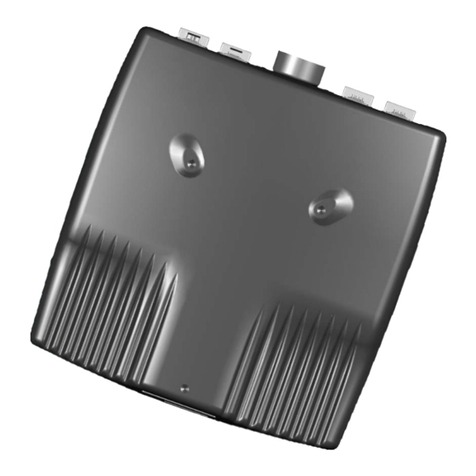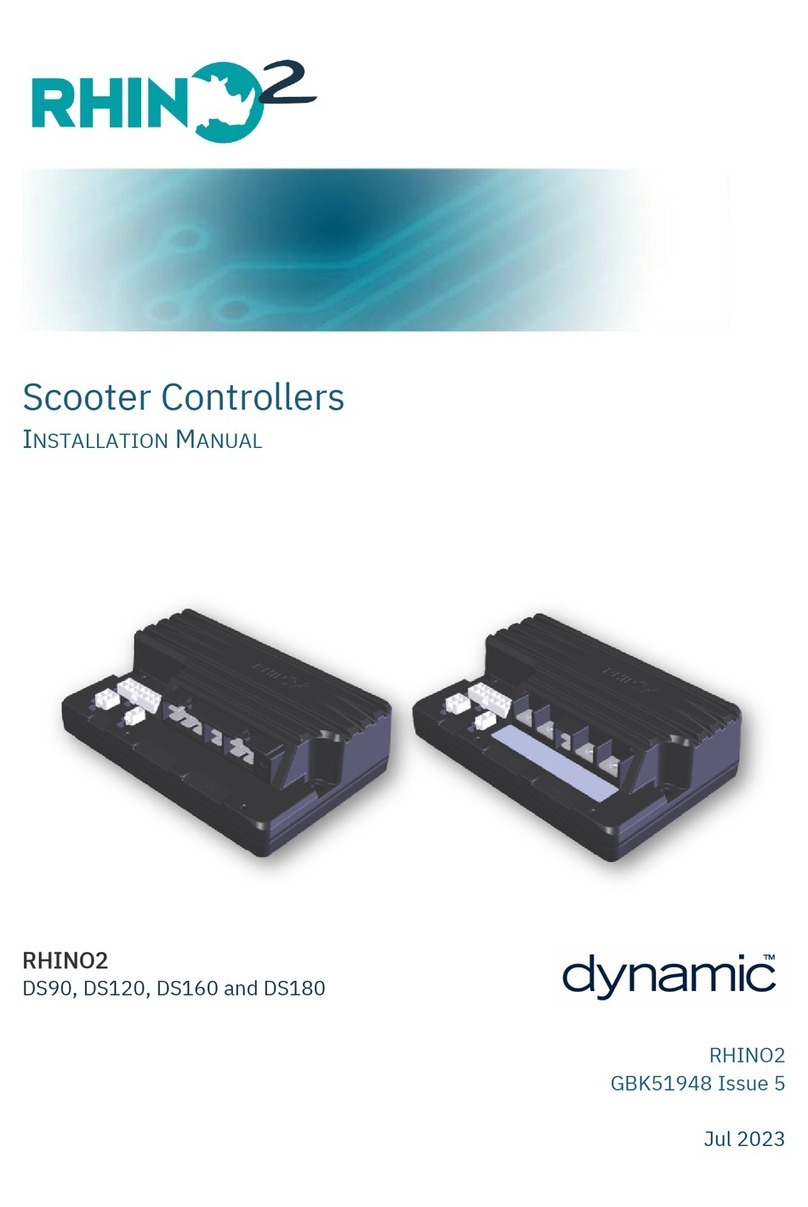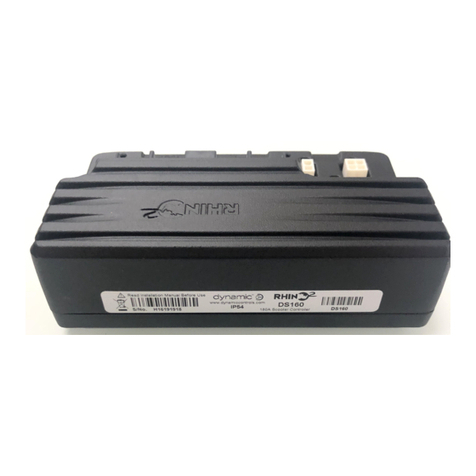
Contents 3
Contents
About this manual.............................................................................................................................................2
Contents..............................................................................................................................................................3
Introduction ........................................................................................................................................................4
The SHARK system..............................................................................................................................................4
Turning the SHARK on and off .....................................................................................................................5
Using the SHARK Lock ...................................................................................................................................6
Waking up from Sleep Mode ......................................................................................................................6
Driving ..............................................................................................................................................................7
Using the Speedometer ...............................................................................................................................7
Using the Horn ................................................................................................................................................8
Reading the Battery Gauge........................................................................................................................8
Battery charging............................................................................................................................................9
Using the Seating Functions.........................................................................................................................9
Using the Lights.............................................................................................................................................10
Operating Attendant Mode .....................................................................................................................11
How to… ...........................................................................................................................................................12
How to set the speedometer ....................................................................................................................12
How to use the virtual speed pot .............................................................................................................13
How to improve load compensation for low speeds...........................................................................14
How to configure a short-throw joystick..................................................................................................16
How to read powerchair-specific information ......................................................................................17
How to swap an active program in the field.........................................................................................18
Troubleshooting Guide...................................................................................................................................20
Part 1 Check the battery voltage. ...........................................................................................................21
Part 2 Check “Flash Code” on remote. ..................................................................................................22
Part 3 Check for other conditions displayed by the controller ..........................................................28
Using HHP diagnostics.................................................................................................................................29
Further reading ................................................................................................................................................31
Glossary .............................................................................................................................................................31
Index ..................................................................................................................................................................32































